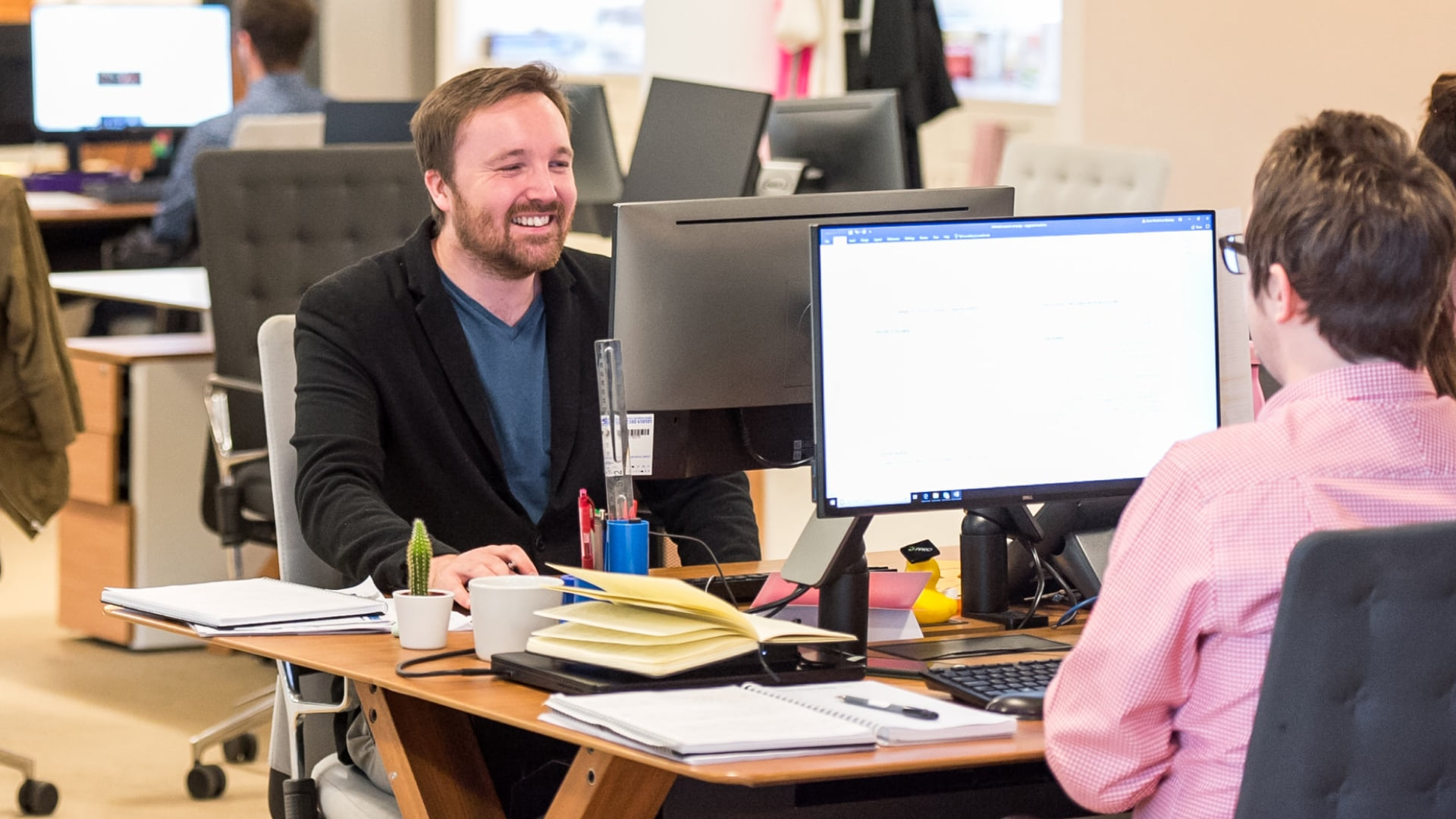ImpactAlpha, April 12 – Place-based impact investing is about partnerships, best implemented when regional funders work together to solve complex challenges in the place they call home.
Some of the most valuable stakeholders in this work are community foundations, organizations that work every day to create positive outcomes for their region. Sometimes called “community fairy godmothers” they are the backbone of community development partnerships.
There are more than 750 community foundations across the US and each year, more and more of them are committing a portion of their endowments to mission-aligned investing. The trend is building thanks to increased understanding of impact investing across asset classes, shared lessons learned and clarification by foundation leaders of the role philanthropic dollars play in impact investing.
Place-based investing
One such leader is Northern California’s Humboldt Area Foundation, which has demonstrated the possibilities of place-based impact investing for over 10 years.
Humboldt’s impact journey began in 2009 with a request from Open Door Community Health Centers, a local healthcare provider that serves nearly 40% of the residents in the foundation’s service area. Open Door had a $10 million grant to consolidate locations and bring in forty-five additional physicians. However, due to problems with its land purchase, Open Door had to work with the City of Eureka to find a new location. To make the deal work, it needed a $2 million bridge loan to buy land.
When Humboldt staff discussed the investment opportunity with their board, they realized it did not have an investment policy that included this kind of investing.
“I remember thinking, ‘This is a no brainer. It’s a safe loan.’ So we went back and created an investment policy,” says Chief Financial Officer Deborah Downs.
Together with community development financial institution Arcata Economic Development Center (AEDC), the foundation put together funding for half of the necessary land acquisition capital, a sum that was then matched by Humboldt County Headwaters Fund. Open Door’s project was completed in 18 months, meeting the grant deadline and producing immediate benefit to the community.
Another innovative place-strengthening investment for Humboldt was the Redwood Acres Kitchen, a partnership between the Redwood Economic Development Commission and Friends of the Redwood Acres Fairgrounds. The partnership allowed the nonprofit that manages the fairgrounds to utilize a combined grant and loan program to remodel several building spaces into commercial kitchens.
The Redwood Acres Fairgrounds, like others in the state, has seen its funding cut in recent years. The nonprofit managers are using the kitchen program, which maintains the organization’s commitment to food and agriculture, to support small businesses that generate rental income, sustaining the fairgrounds’ other important community operations.
Currently, more than 5% of Humboldt’s $1.8 million portfolio is committed to regional community development investments, and the foundation has a goal of increasing the allocation three-fold in the coming years.
Five loans in their place-based impact investing portfolio are managed by the AEDC, and the foundation manages the remaining smaller loans on their own.
“As a community foundation, you don’t necessarily have [the] expertise [to manage a large loan] and you worry about that fiduciary responsibility,” says Downs, adding that with community development financial institutions (CDFIs) looking for money and ways to collaborate. “It really becomes a perfect partnership.”
Common strategy
This strategy is common in the place-based impact investing world.
“Delegating the due diligence and management of the funds to a central intermediary and collaborating with other investors for collective impact reduces the costs of managing and monitoring these impact and location-specific portfolios and compounds the impact,” says Lauryn Agnew of Bay Area Impact Investing Initiative.
Another reason to partner with CDFIs on place-based impact investing is that they are limited in where they can lend. They’re operating under specific lending criteria from sources like the US Department of Agriculture and the Small Business Administration, explains Downs. One of the things “we are providing, is the funding that they can use for a nonprofit.”
Other projects Humboldt Area Foundation and AEDC have collaborated on include the McKinleyville Fire Station, Carson Block Building Renovation and Arcata Bay Crossing Supportive Housing.
Ross Welch, Executive Director of AEDC, is working with the California County Consortium to find more ways to bring local funders together. He sees a lot of potential for this kind of work, especially with commercial lending.
“A community building isn’t much different than [another commercial building]. What’s neat is if you can combine a grant with some low-cost interest and some deferred. If I can get the money from a foundation or a local investor, I’m ready to do it again,” says Welch
Flexible capital
The Humboldt Area Foundation has recently encouraged growth in their Opportunity Funds, which provide money for changing community needs including program work, initiatives, and responsive grants.
The foundation sees the opportunity funds as a source of support for the program work needed to initiate more community lending. “Programs put us into contact with the needs. Then we can integrate the opportunity funds if needed. Particularly if things are a little riskier,” says Downs. “Instead of outright granting, we will lend at a reduced rate and then some of it will be returned and we can re-lend.”
This strategy has been well received by donors, says Patrick Cleary, Humboldt’s executive director. “They like knowing their funds are being invested locally rather than all on Wall Street.”
The strategy of pairing grants with place-focused investments is becoming more recognized as a tested blueprint to catalyze meaningful change. As more and more foundations provide leadership around community and economic development challenges, the opportunity for local investing grows. This is the opportunity that LOCUS continues to explore, providing tools and support to empower foundations to begin their own place-based impact investing journey.
“We can see the future…a combination of work on the ground, granting when we can and also providing loan funds,” concludes Deborah Downs. The key is to start small. Start somewhere. And partner for success.
Amber Larsen is the executive director of Intermountain Impact Investments. A version of this post originally appeared on the LOCUS Impact Investing blog.












